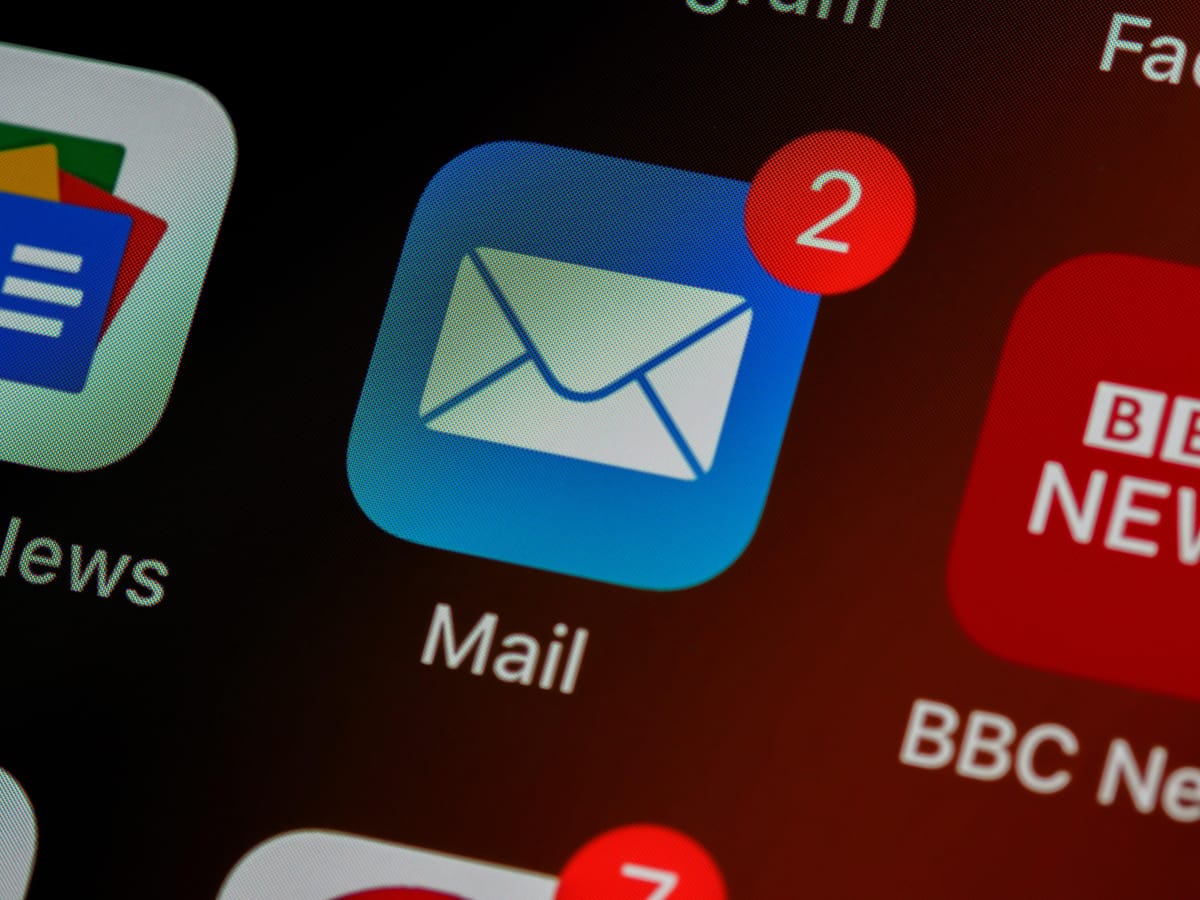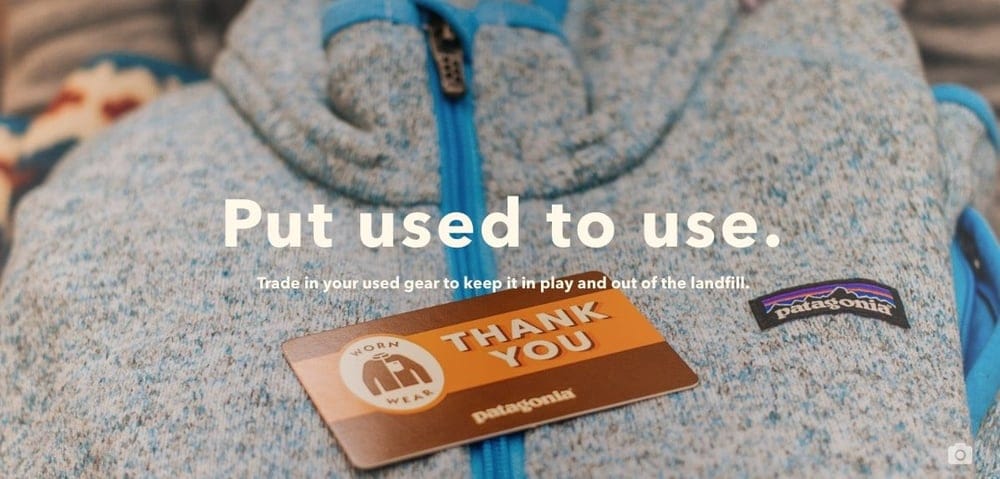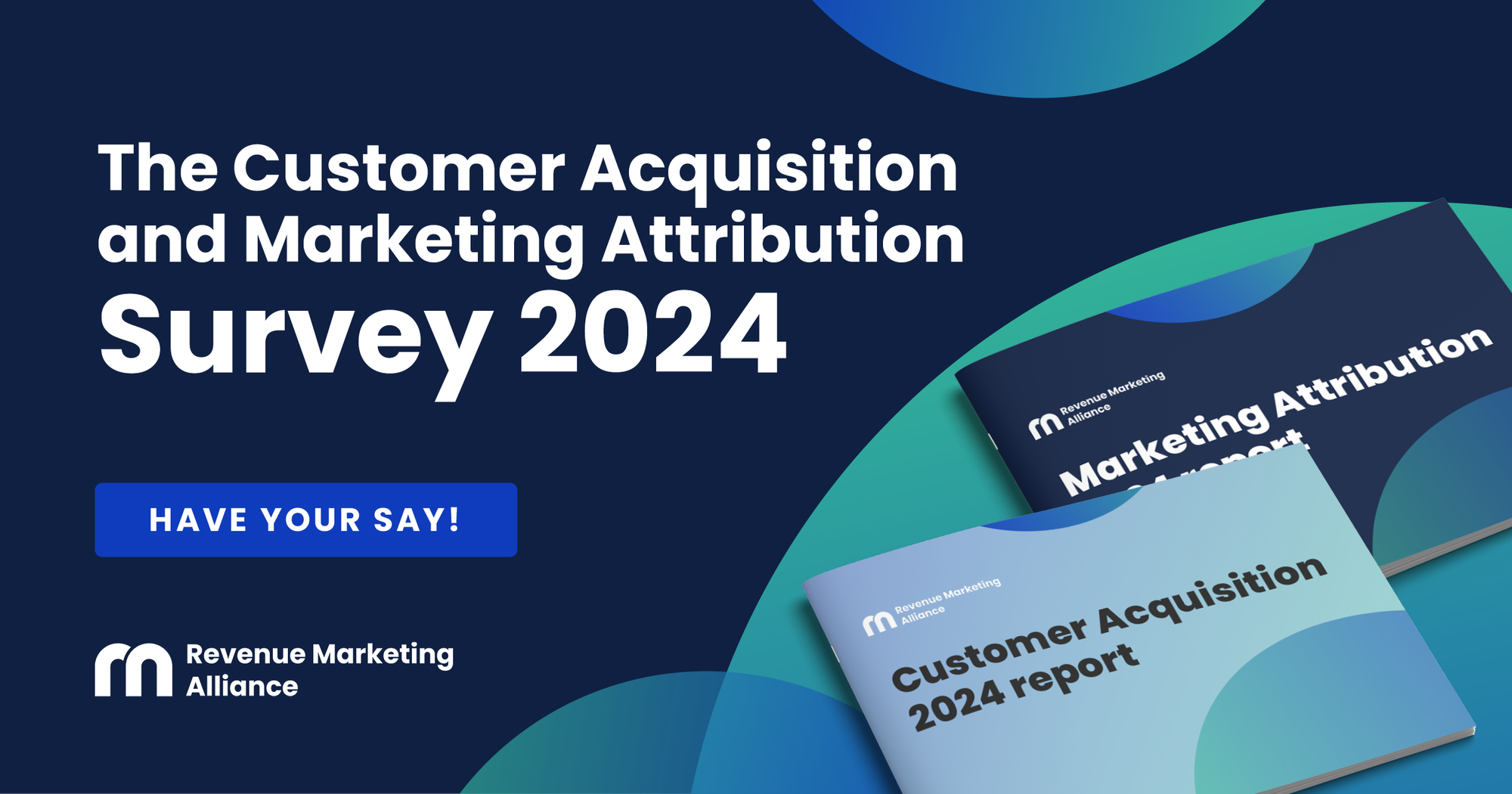Attracting new customers with amazing products and top-notch services is crucial, but one area that you can’t afford to neglect is your retention strategies.
Retaining your existing customers is just as, if not more, important than acquiring new customers. Aside from it being five times more cost-effective to retain a customer than to gain one, existing customers are between 60-70% more likely to buy from you than new customers, and spend 31% more.
But knowing where to focus your retention efforts can play a key role, too. Some existing customers are more valuable than others, so your focus should be on the ones that’ll give you the highest value.
Ideally, you’d retain all your customers, but that’s just not realistic; you’ll spread your resources too thin and that could lead to losing everyone. So if you have to say goodbye to any of your customers, it’s better to lose those who are less valuable and spend more energy on your audience with the highest ROI (return on investment).
In this article, we’ll look at how you can apply selective retention strategies to ensure you’re keeping hold of your most valuable customers.
- What is selective retention?
- What’s the benefit of selective retention marketing?
- How to select your most valuable customers
- How to retain valuable customers
- What’s an example of selective retention in marketing?
What is selective retention?
Selective retention marketing is a strategy that aims to retain and grow customers who are most likely to be profitable. Those who’ll buy again, refer you to a friend, and provide you with great reviews.
It’s the practice of carefully crafting messaging, campaigns, and strategies that align with and reinforce the existing beliefs and preferences of your target audience. That means shaping your marketing efforts in a way that resonates with your customers.
It’s an effective way to efficiently utilize your resources and reduce costs while providing an excellent customer experience. By only focusing on customers who are likely to remain loyal, you can build lasting relationships without breaking the bank.

What’s the benefit of selective retention marketing?
Selective retention marketing can significantly enhance customer engagement, the effectiveness of your campaigns, and the memorability of your brand. When your messaging aligns with the right customers, they’re more likely to pay attention and act upon your marketing efforts.
One of the great benefits of selective retention is the ability to forge authentic emotional connections with your customers. This emotional investment creates deeper brand loyalty and advocacy as customers feel the company genuinely understands their values and identity.
Creating valuable relationships with your customers is essential for developing the best customer experience. When you create a flawless selective retention marketing strategy, you’ll see higher brand loyalty and advocacy, as well as increased sales, enhanced growth, and improved ROI.
How to select your most valuable customers
Identify your key accounts
First, you need to identify your key accounts (the most valuable ones). Value doesn’t just refer to revenue but could also refer to a customer’s level of influence and the number of referrals they provide you.
The “value” is subjective, based on what your company deems valuable, and what you might need in the future. One marketing strategy that focuses on such accounts is account-based marketing.

Start by reviewing your current customers and their ratio of revenue to costs so you can calculate how much potential there is to expand their account. Also consider if they’re a strategic partner to have, like whether they have valuable connections, resources, or an industry reputation that you’d like to utilize.
Using a scoring matrix, you can identify key accounts across the different criteria that are important to your organization. Evaluate each of your accounts and assign them a score from one to ten in each category, so it’s easy to select your key accounts.
Take the time to gather as much data as you can about each account so you can rank them accurately.

Nurturing accounts is time-consuming, so you won’t be able to make all of them your key accounts. You’ll need to be pragmatic and select the ones most likely to give you the best ROI.
Utilize customer segmentation
Customer segmentation is an important tool to use to know who you should be targeting.
For B2B marketers, customers might be segmented into industries or company types, and specific campaigns targeted towards the customers in these groups. It’s a simple yet effective way of directing the appropriate marketing strategies towards the right people.
But segmentation can go a lot further than using such broad metrics. When combined with the power of AI, for example, your customers can be segmented into much more specific groups based on real-world data, rather than mere hunches.
You can even use predictive analytics to determine which of your customers are the most valuable or have the highest customer lifetime value, and segment them into their own group.
Once you have your most valuable customers segmented from the rest, you can now focus your marketing efforts on them. That isn’t to say that you should neglect your other customers – just that the lion’s share of the effort and spending will go toward those who offer the best ROI.
You can segment your valuable customers manually, but the great thing about using AI is that it’ll update automatically over time, always keeping your list up-to-date.

Now you’ve got your most valuable accounts separated from the rest, how do you go about keeping hold of them? Here’s what you need to know about retention strategies.
How to retain valuable customers
More of your time, effort, and funding should go into marketing efforts to retain those most valuable customers.
Here are some key strategies you can employ:
Promotions and offers
Promotional offers aren’t just for attracting new customers, they are also a great way to keep your existing customers happy and prevent them from straying elsewhere.
There’s nothing more frustrating for customers than feeling like a company only cares about getting new customers – offering them all the shiny new offers. After all, if they could get a great deal as a new customer with another company, what’s to keep them sticking around? And if they’re seeing your new customers getting loads of perks that they’re not, they might decide you simply don’t value their business and go elsewhere.
So, provide them with great incentives. Whether it’s a stellar loyalty program, discounted bundles, or rewards and gifts for the anniversaries of your VIP customers, offering a little something extra can seriously encourage loyalty to your brand.

Regular contact
Whether through email, on social media, or with event invitations and gift packages, you should keep in regular contact with your customers to let them know you care and to keep reinforcing your brand into their consciousness.
Always send out personalized thank you emails whenever they make a purchase to show your appreciation and send them the occasional updates about new products and services you think they might be interested in. Implementing AI can automate this process for you, and even figure out the optimal number of emails to send and when.
The same applies to social media. Get to know your client base by creating polls or asking questions to find out about them, their needs, and their pain points.
If your customers post about your products or services, you can share their stories and tag them in posts, which’ll help cement them as loyal customers, and could also help draw in new customers – win-win!
Feedback surveys
Feedback not only helps you improve your services but even just asking for your customers’ opinions will show them that you value their thoughts.
You can use an email campaign to ask customers for feedback about the service they received, or their recent purchase, giving you the chance to address any concerns or issues.
Following up on your customers’ feedback is super important, too, and it’ll help you flag up anyone who isn’t happy and is at risk of leaving.
Utilize content
Content has the potential to offer so much value to your customers, providing it’s educational, informative, or entertaining (or all three).
Content tailored to the interests of your target audience will keep you top-of-mind, help you to cultivate lasting relationships, and retain your most important customers.
For example, an outdoor apparel company may create engaging blog posts with camping tips, product care guides, and trail reviews to keep nature enthusiasts hooked. Email newsletters sharing exclusive deals, new arrivals, and user-generated content also deepen connections. Repurposing top-performing content into video formats, social media posts, and even print magazines can extend reach.
Great customer service
No one sticks around when a business has poor customer service. This means that every interaction you make is a make-or-break brand experience. Fast response times, friendly issue resolution, and proactive support can salvage a customer’s opinion after a negative incident.
Content plays a vital role here, particularly as 75% of millennials avoid making phone calls as they’re too time-consuming (a trend that’ll likely continue to grow). Keeping your website up to date with valuable content that tackles common issues people might have with your products or services will reduce the need for customers to contact customer service.
Keep your FAQ section and tutorials updated with the latest information so your customers have everything they need to handle issues by themselves. This’ll give your team more time to deal with critical issues.
That being said, many customers prefer to speak to someone directly. Communicating with customers in an empathetic way – whether it’s on the phone, via email, or a chatbot – will help to address pain points authentically and provide personal support.
Delivering consistent quality across every touchpoint – whether through content or personal service – heightens the kind of customer satisfaction that directly impacts retention and growth.

Create a personalized experience
People expect more from businesses these days, they expect personalization at every level. But you can go beyond making sure your emails address people by name, personalizing the email content itself, and even setting up personalized landing pages.
Research shows that personalizing subject lines in emails can get you a 50% higher open rate compared to generic subject lines.
AI software can generate the most effective personalized email strategy for your customers, ensuring that everyone in your segmented list of valuable customers receives their very own personalized service.

What’s an example of selective retention in marketing?
Okay, we’ve covered what selective retention marketing is, its benefits, and how to select (and retain) your most valuable customers, so let’s get into some examples.
A sustainable clothing brand would target environmentally-conscious consumers. This means that their entire marketing approach would hinge on reinforcing their audience's existing beliefs around sustainability and environmental protection.
They’d create buyer personas that may have concerns like "reducing personal environmental impact" and would seek out information and brands that align with their values.
Once they’ve attracted the right customers via segmentation, they’ll create campaigns and messaging that focus on specific issues of their current customers. They’d note the brand's use of eco-friendly materials, and ethical manufacturing processes, and create resonant messaging like "join the sustainable fashion movement."
Take this example from Patagonia:

This plays directly into audiences who already believe in those ethical causes.
Similarly, a financial services company targeting affluent investors could leverage aspirational personas centered around "building lasting wealth" and "financial security for my family." Their selective retention strategy may involve visual marketing evoking luxury and success, reinforcing the target audience's existing beliefs around the trappings of wealth.
The key is developing granular audience segmentation based on specific demographic, geographic, psychographic, and behavioral data. These deep customer insights help you to architect highly contextualized campaigns that powerfully resonate and retain your most valuable customers.

Selective retention marketing strategies often involve:
- Identifying the existing beliefs, values, and preferences of your target audience through market research and consumer insights.
- Crafting messaging, visuals, and campaigns that tap into and reinforce those existing beliefs and preferences.
- Utilizing social proof, testimonials, and user-generated content that further validates the target audience's existing mindsets.
- Consistently reinforcing the messaging across multiple touchpoints to strengthen the selective retention effect.
Final thoughts
Retaining customers is a crucial component of marketing, and that goes doubly when trying to keep hold of the most valuable customers.
The hard truth is that you’re bound to lose some customers over time, likely for reasons out of your control, but by implementing effective retention strategies, you have the best chance to keep them sticking around and spending for years to come.
Psst… Now's your chance to influence the most important conversations in revenue marketing
Our comprehensive 2024 Customer Acquisition and Marketing Attribution Survey will reveal the inner workings of today's state-of-the-art revenue engines.
This is your exclusive opportunity to shed light on:
- Current marketing attribution challenges
- Where budgets should be allocated
- The evolving customer journey
- How teams track and optimize funnel performance
- The channels that attract and convert customers
- Key focus areas for growth in 2024
… And a whole lot more.👇




 Follow us on LinkedIn
Follow us on LinkedIn



